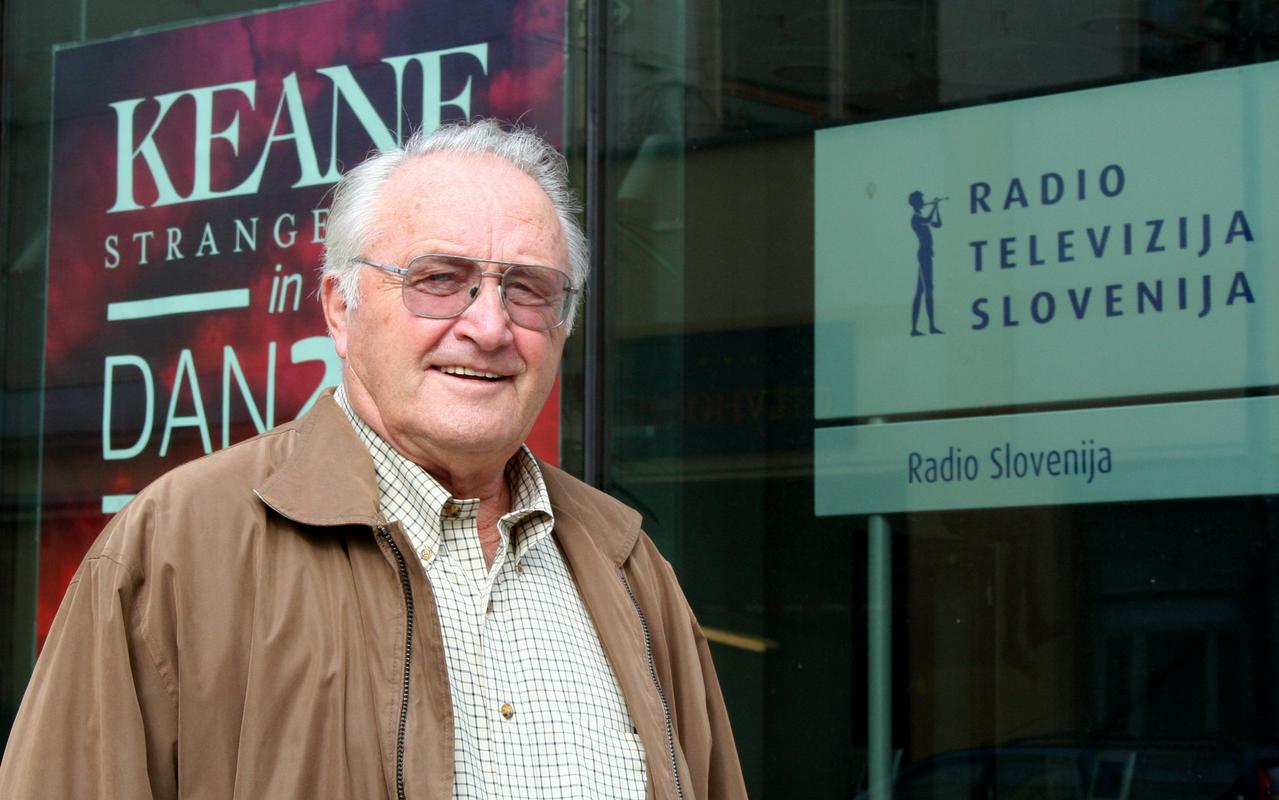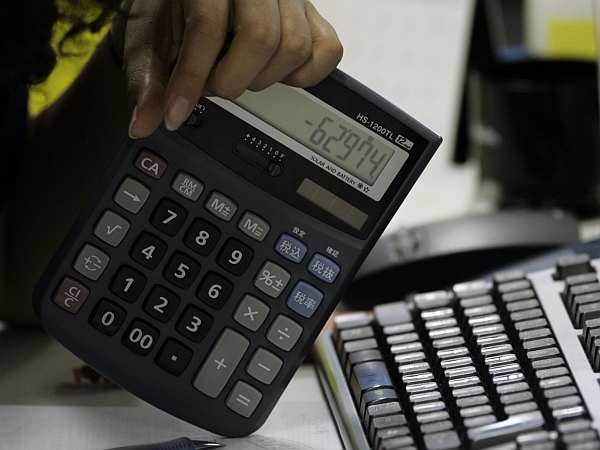
It is interesting that Rode with his exceptional knowledge and acknowledged inventions never became a millionaire. A special approach was applied in the Hewlett-Packard company regarding innovations and inventions and the emphasis was on the collective spirit of developing. An individual was awarded for each new idea or invention the sum of one dollar. Rode said that even after he had left the company, he was never able to capitalise on his achievements accordingly. He nevertheless felt fulfilled and very rich.

Eighty-one-year-old France Rode studied electrical engineering at the University of Ljubljana and after completing his studies gained experience in Germany. In 1960, he moved to the USA and made San Francisco his home. He successfully completed his Master’s Degree in Biomedicine at NorthwesternUniversity in Illinois in 1962 and, in the same year, started working at Hewlett-Packard in California, where his exceptional scientific path began. He was one of the leading engineers for more than twenty years.
HP-35 pocket calculator
Bill Hewlett and Dave Packard included Rode in the team of engineers focusing on the development of computing devices of the smallest dimensions. One day, Hewlett pointed to a clumsy desk calculator weighing almost 20 kilograms and said to the group of development engineers, including Rode, that he wanted to see that in a size which would fit into his shirt pocket. The engineers began developing a new device by first measuring the size of their boss’s pocket. The innovative HP-35 pocket calculator was then created. The greatest credits for producing the first integrated circuit and the design of a miniature processor were ascribed to Rode. HP-35 became a huge hit. To justify the investment, 10,000 calculators would have to be sold at a price of 395 dollars in the first year. However, more than 100,000 were sold in the first year alone, which was a turning point also for the Hewlett-Packard company because they did not have any mass products up to that time. They were barely able to keep up with the orders and had to enter clients on waiting lists. HP-35 was selling successfully between 1972 and 1975, and was followed by upgraded versions.
The first test calculators were made from a beige-coloured plastic. Such models would probably be sent for production if Bill Hewlett had not taken one sample home where his wife suggested that black would look more elegant. Of course, the colour had to be changed immediately.
Long list of patents
France Rode constantly developed new challenging products. After leaving the Hewlett-Packard company, he started his own business and was involved in the development of contactless radio frequency identification chips (RFID) and satellite signal receivers (GPS), which are used today in the majority of mobile phones and navigational devices for vehicles. One of his ingenious inventions was also the workplace entry card. Rode also participated in the development of the first laptop. He worked on the electronic lock and key system and some other security devices.
Rode rejects an offer from Apple
Steve Jobs and Steve Wozniak did their traineeship at the Hewlett-Packard company, where they later presented their first prototype of the Apple computer, but were rejected at the meeting on the grounds that it was too simple for HP and that no one would want to use such a device. Jobs and Wozniak left the company and started their own business. When Rode was leaving the Hewlett-Packard company, they invited him to the Apple company. He rejected their offer because he decided to venture on his own and concentrate on his own inventions.
Although the successful engineer with a fantastic career retired in 2009, he is not short of new ideas. He believes that 3D printing will have a great impact on the future of technological development. He is certain of the success of 3D printers, which will be able to transform virtual objects into real ones.
Danila Golob, Sinfo
It is interesting that Rode with his exceptional knowledge and acknowledged inventions never became a millionaire. A special approach was applied in the Hewlett-Packard company regarding innovations and inventions and the emphasis was on the collective spirit of developing. An individual was awarded for each new idea or invention the sum of one dollar. Rode said that even after he had left the company, he was never able to capitalise on his achievements accordingly. He nevertheless felt fulfilled and very rich.

































































